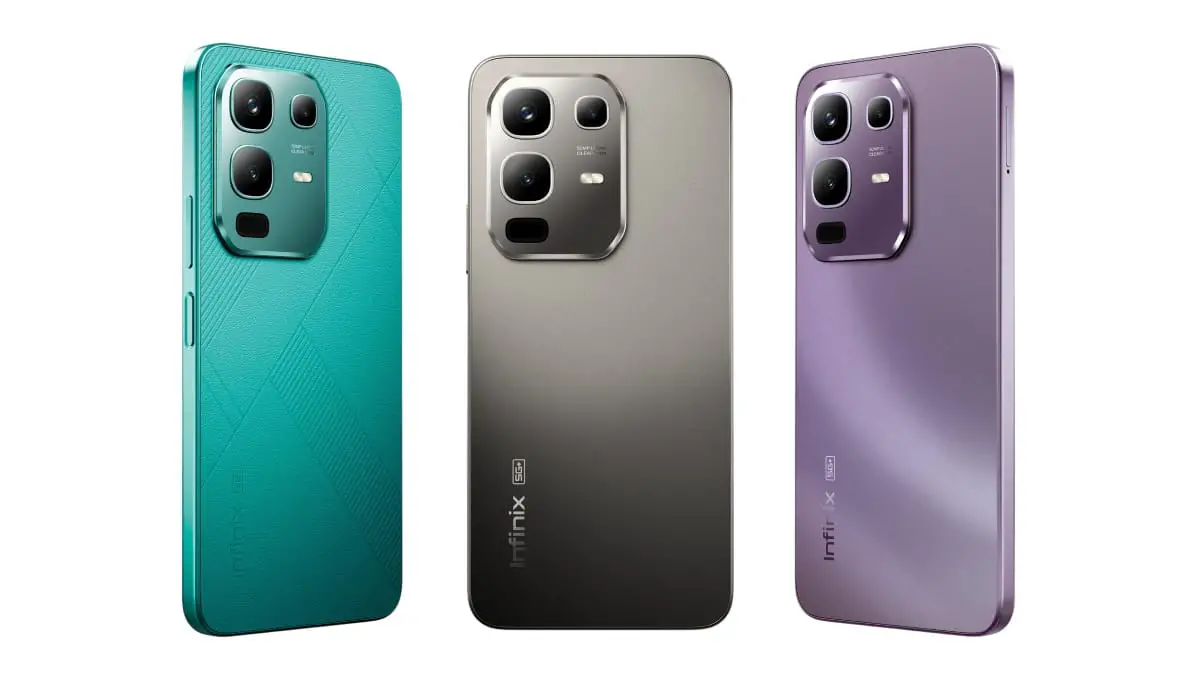Wi-Fi is a kind of new technology about wireless broadband access. Compared with traditional wireless technologies, it has faster speed, wider range and better security. In this paper, the concepts and characteristics of Wi Fi are introduced. Then the applications of Wi-Fi technology are given and several common construction methods of Wi-Fi networks are presented. The problems existing in Wi-Fi technology are discussed. Finally, the development prospect of Wi-Fi is talked about.
Introduction
With the widespread use of mobile terminals, such as laptops, wireless fidelity (Wi-Fi) phones, PDAs, etc., the demand for wireless access has become increasingly prominent. In recent years, wireless networks developed rapidly. Among so many wireless standards, Wi Fi technology won people’s favor because of its low construction and operating cost, high data rate, farther transmission distance and better expansion, etc. Wi-Fi, called wireless broadband, is widely applied in the mobile connection of home and small office networks because of its flexibility and mobility. Especially in recent years, the number of wireless access points (APs) has increased rapidly. This makes the applications of wireless networks more convenient and efficient. In addition, APs can be set up in public areas. Wireless metropolitan area networks exist abroad based on the wireless network standard. Some domestic universities are also covered by wireless local area networks (WLAN). Therefore, the position of WI FI in WLAN will become increasingly strong.
Overview and Characteristics of Wi-Fi Technology
A. Overview of Wi-Fi Technology
According to its speed and submission time, Wi-Fi technology can be divided into IEEE 802.11b, IEEE 802.11a, IEEE 802.11g and IEEE802.11n. IEEE802.11b and IEEE802.11g are commonly used. IEEE802.11b is the oldest wireless network standard and the most widely used Wi-Fi standard. Its maximum bandwidth is 11Mbps. When the signal is weak or there are interferences, the bandwidth can be adjusted to 5.5Mbps, 2Mbps and 1Mbps. The autoconditioning of bandwidth effectively ensures the stability and reliability of the network. IEEE 802.11a has a larger throughput than IEEE 802.11b. It operates in the 5.8GHz frequency band and has good anti-interference capability. But it cannot be compatible with IEEE 802.11b and IEEE 802.11g. Moreover, its coverage is relatively small (only 30m indoor). So IEEE 802.11a is still rarely used among all Wi-Fi standards at present. In order to solve the incompatibility problems between IEEE 802.11a and IEEE 802.11b, the IEEE 802.11 working group formally approved the IEEE 802.11g standard in July 2003. It can be compatible with IEEE 802.11b. So the applications of IEEE 802.11g are more than that of IEEE 802.11a. The IEEE 802.11n standard approved by the IEEE is the latest Wi-Fi standard approved by the IEEE. It has a standard of 300Mbps and up to 600Mbps transmission speed. The IEEE 802.11N standard combined MIMO and OFDM technology, not only to improve the quality of wireless transmission, but also increase the transmission speed.
(1) Long transmission distance. The radius of 802.11n standard is up to about 1000 meters. (2) Fast transmission speed. Its transmission speed is very fast. The speed can reach 600Mbps, which meets personal and social needs. (3) Compatibility with other services. The Wi-Fi technology in the second layer and above are fully compatible with Ethernet. (4) Convenient to build a network. Any device with a wireless network adapter can be easy to enter the network. Therefore, it is very suitable for mobile requirement and has a wide market. (5) Safety for use. The actual transmission power of IEEE802.11 is only about 60-70MW. In contrast, the transmission power of cell phone is about 200MW to 1W. The transmitter power of hand-held interphone is 5W. Therefore, Wi-Fi technology is absolutely safe.
Applications of Wi-Fi Technology
Since Wi-Fi technology was born at the end of the last century, it has developed for more than ten years. It was first used for indoor positioning by BAHL in 2000. With the popularization of mobile devices with Wi-Fi, its location technology gradually extends from interior to outdoor. In 2009, Nobuo Kawaguchi at Nagoya University introduced Wi-Fi-based positioning technology into subway information system. He also introduced the research and applications of indoor and outdoor Wi-Fi location technology. In Wi-Fi-based underground location and tracking system, the communication between miner and manager and the position of miners in complex environment have been solved. So far, Wi-Fi location technology has widely used in medical system. The doctor can quickly obtain patient information and monitor patients in time by Wi-Fi network.
Now Wi-Fi technology has been integrated into more and more digital products. As the concept of digital home is proposed, various types of products, such as televisions, DVD players, projectors, digital sound boxes, have also adopted Wi-Fi technology. These new types of devices can be connected with background media servers or computers through Wi-Fi network to realize the digital and wireless of the whole family. As the concept of wireless city is proposed, many countries and regions have put forward plans for Wi-Fi network coverage. In 2008, a plan for “Wi-Fi through the Hong Kong government” exists. In the United States, the Houston government invested US$3.5 million to build a citywide Wi-Fi network. Twelve cities in mainland China have made a clear plan for wireless cities. With the development of cities, Wi-Fi service in the future may generally be a public service and become part of urban infrastructure construction.
A. Wi-Fi networking equipment
Wi-Fi is a wireless network consisting of wireless network adapters and APs [12-13]. The AP is usually called an access point or a network bridge, which is a bridge between the traditional wired local network and the wireless local network. The wireless network adapter is the responsibility of the client device to receive the transmit signal from the AP.
B. Common networking scheme
Compared with wired networks, the construction of wireless networks is more flexible and convenient. For networking with two computers, the point-to-point structure can be used and wireless APs are not required. For networking with more than two computers, the infrastructure mode is used.
(1) Ad-hoc network
The ad-hoc network is the simplest wireless LAN topology. It is also known as a point-to-point network or peer-to-peer network. It consists of a group of computers with wireless interfaces (wireless clients). These wireless clients share the same workgroup name, extended service set identifier (ESSID) and password. Any two sites on the network can communicate directly. All nodes in the self-organized network have the same status. Nodes can be included and leave the network at any time. The damage of a node cannot affect the entire network.
(2) Infrastructure network
The infrastructure network is also known as a network with a center. It consists of one or more wireless APs and a chain. A wireless AP is used as the central station. All wireless clients access the network through the wireless AP. Since each site within the coverage of the central station can communicate with other sites, the network layout limited by the environment is relatively small. The biggest shortcoming of infrastructure network is its poor survivability. The damage of the central station results in the paralysis of the whole network. In addition, the central station increases the network cost.
C. Outdoor Network Solution Based on Wireless Bridge
The wireless bridge is designed for interconnection between ad-hoc networks to transmit long-distance data by wireless (microwave). It can be used to connect two or more different network bands. There are three main networking modes based on wireless bridge: point-to-point, point-to multipoint, relay connection.
(1) Point-to-point model
The point-to-point wireless bridge model generally consists of a pair of wireless bridge and a pair of outdoor antenna. Directional antenna is often used as outdoor antenna. Directional antenna is helpful to improve the strength of wireless signals and the stability of wireless network. The mode is fit for near local area network and the two wireless antenna can be seen each other.
(2) Point-to-Multipoint Model Point-to-Multipoint
The wireless bridge mode can connect multiple discrete LANs into one. This mode usually takes one network as the central station. Other remote sites receive signals from the central station. In distributed cellular networks, a sector way is used to construct networks. This is also related to the point-to-multipoint bridge mode.
(3) Relay networking model
Sometimes the two LANs that need to be connected are blocked by obstacles between them. At this time, the wireless bridge can be used to bypass the obstacles so that the connection of the LANs can be realized. The location of the wireless relay stations must be able to see the other two directional antennas.
Problems existing in Wi-Fi technology
The current Wi-Fi network is not perfect. There are many problems in the aspects of security, roaming switch, and stability. The current standards for Wi-Fi are not supported for these problems.
A. Security
Because the transmission process of wireless signals is completely exposed to the air, it is more vulnerable than wired networks to be hacked. If there is no proper security strategy, the network will face great risks. At the same time, the “rub network” phenomenon is very common in daily life. It seriously affects the speed and stability of wireless networks.
B. Roaming Switch
When we build wireless LANs, a large number of APs are deployed to cover a large amount of signals. When people move in the LAN, terminals need to switch between these APs. The traditional switch idea used by Wi-Fi networks is “first cut then connect”. This is when the transition process is initiated, the workstation first disconnects from the current AP, and then starts the normal switching process. This performance of mobile applications.
C. Stability
Wireless networks are easy to be disturbed by other signals around them due to the openness of the wireless channel. This causes instability of Wi-Fi signals so that the quality of services can be affected. The main factors affecting the stability of the wireless network are: Microwave ovens over 2.4GHz Mutual interference between cordless phones and WLAN networks.
Summary and Outlook
In this article, the concept and characteristics of Wi-Fi are briefly introduced. Then we summarize the applications of current Wi-Fi technology and present the use of Wi-Fi technology for indoor and outdoor networking solutions. Roaming switching, security, interference, network stability are problems for Wi-Fi technology that will be considered by network operators. With the development of Internet Protocol, mobile IP technology and IPv6, roaming switching can be solved. In summary, the hotspots of Wi-Fi technology in the future include:
(1) Cellular Wi-Fi network. We use the existing cellular radio communication network to connect multiple WLANs to cover a large area and form a “wireless city”.
(2) Wi-Fi handset and voice (Voice over WLAN) will become a potential application mode with high-definition sound quality services.
(3) Wi-Fi positioning technology. With the development of the Internet of Things, Wi-Fi positioning technology will be more widely applied in real-time positioning and tracking of people and objects, environmental monitoring management.
(4) Wi-Fi-based wireless home network. Computers, televisions, printers, DVD players, digital projectors and other intelligent devices will be connected by Wi-Fi network to realize digital and wireless of home appliances.
Read Also:
- Wi-Fi And Hotspots: Emerging WLAN Technology In Indian Context
- Negative Impacts Of Science And Technology
- Benefits Of Science And Technology
- The Influence Of Digital Technology To Change People’s Behavior In Using The Media
- Towards 6G: Future Communication Technology








Leave a Reply